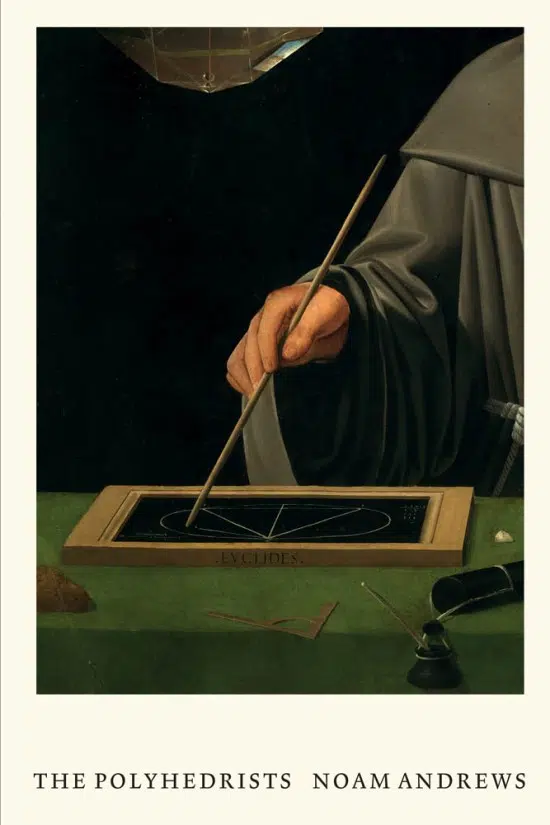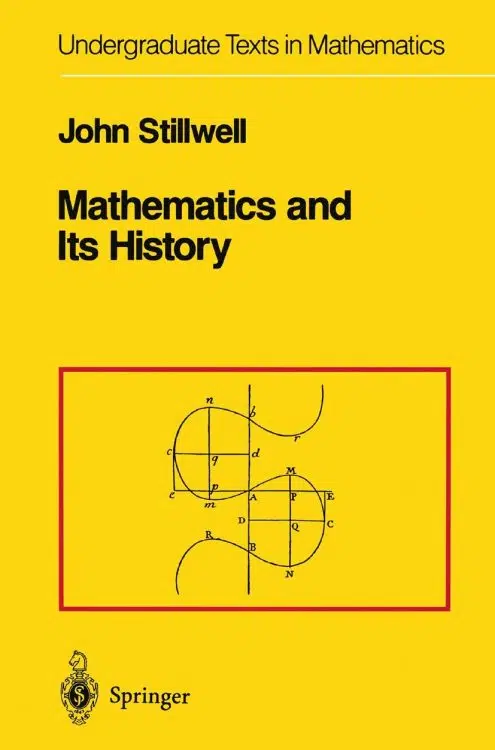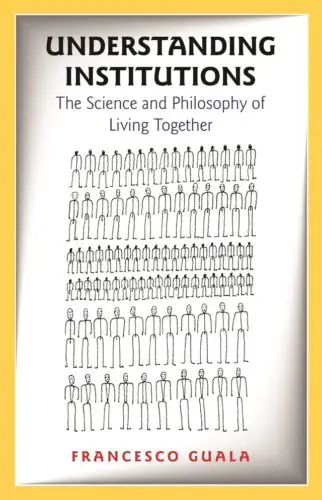The sixteenth century was a time of immense change and progress in Europe. Think of the groundbreaking discoveries by Copernicus and the bravery of Martin Luther in his fight against the Catholic Church. This era also saw painters using perspective to create a sense of depth in their artwork and the impact of printing on the spread of knowledge after Gutenberg’s invention of movable type.
During the late fifteenth century, wealthy and educated individuals began collecting and assembling classical texts on mathematics and astronomy. Regiomontanus, a renowned astronomer and mathematician, moved to Nuremberg and established an observatory and printing press. Although he died before his vision could be fully realized, his work marked the beginning of a mathematical rebirth.
The Polyhedrists, based on Andrews’s Harvard thesis, provides valuable insight into the tumultuous sixteenth century through the lens of polyhedra. These geometric shapes served as a bridge between the academic world of mathematics and the practical world of artists and craftsmen. The Polyhedrists is richly illustrated and offers a feast for the eyes. We meet talented artisans and gain a deeper understanding of their craft.
The most famous polyhedra are the five regular solids, known as Platonic solids after their description in Plato’s Timaeus. These shapes are associated with the classical elements and the ethereal universe. Additionally, there are thirteen semi-regular or Archimedean solids credited to Archimedes. Their journey to Europe in the 15th and 16th centuries remains a mystery.
A significant figure in this narrative is Albrecht Dürer, an artist from Nuremberg. Despite lacking a classical education, Dürer’s friendship with the well-connected Willibald Pirckheimer allowed him access to Latin Euclid. He later published a book that provided artists with practical methods for creating precise drawings using ruler and compass. Dürer’s work became a vital link between academia and the world of artisans.
While The Polyhedrists largely provides accurate historical information, there are occasional inaccuracies. The author mistakenly attributes the invention of diagrams in Euclid’s Elements, when they were already present in earlier manuscripts. These diagrams were essential for understanding the text and were not added to improve sales. This distinction should be applied to Luca Pacioli, who enlisted Leonardo da Vinci to illustrate his book.
In conclusion, The Polyhedrists offers a captivating exploration of the interplay between art, mathematics, and society during the sixteenth century. The Polyhedrists serves as a valuable resource for anyone interested in the cultural and intellectual shifts of this era.
















